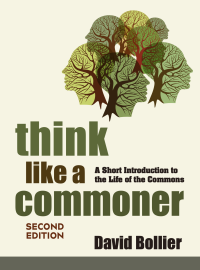In a recent interview with Enrique Peñalosa — the former mayor of Bogotá, Colombia, and champion of enlightened urban design — reporter Deborah Solomon elicits the insight that sidewalks are a critical design element for democracy. (New York Times Magazine, June 8, 2008) As mayor of Bogotá, Peñalosa famously banned parking on sidewalks as part of a larger effort to revive human-scale city life. The idea proved controversial in many quarters, especially among those committed to a car culture.
Peñalosa explains his urban design philosophy: “In developing-world cities, the majority of people don’t have cars, so I will say, when you construct a good sidewalk, you are constructing democracy. A sidewalk is a symbol of equality….. The 20th century was a horrible detour in the evolution of the human habitat. We were building much more for cars’ mobility than children’s happiness….”
He continued: “The upper-income people in developing countries never walk. They see the city as a threatening space, and they can go for months without walking one block. There are many suburbs where there are no sidewalks, which is a very bad sign of a lack of respect for human dignity. People don’t even question it. It’s the same as it was in pre-revolutionary France. People thought society was normal, just as today people think it is normal that the Long Island Sound waterfront should be private.” For more on Peñalosa, see the Project for Public Spaces and Wikipedia.











Recent comments